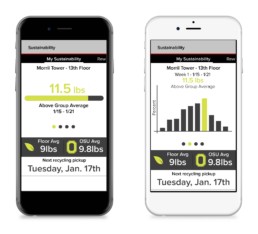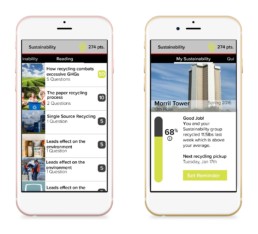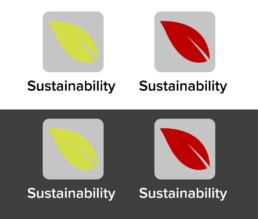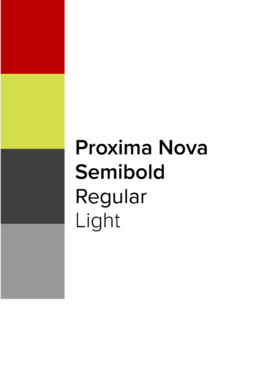Gaming Sustainability at (The) Ohio State University
Mobile App Design | April 2017
Adobe Photoshop
Leveraging gamification methodologies to incentivize the student body to learn more about how recycling effects their lives, and in turn, increase the amount of recycling being done. By collecting research on the system of recycling in use at OSU and how it’s end-users perceived it, I was able to put together a comprehensive application concept for the reduction of contaminated recycling and increase of overall recycling by the general student body.

The Challenge
In November 2015 Ohio State adopted their sustainability goals to guide the university as it develops solutions to the challenges of sustainability. While the university leadership are capable of taking the actions necessary to meet these goals, the actions student body play a major role in attaining those goals. Thus, leveraging the student body effectively could play a major role in meeting those sustainability goals.
Working around an MVP, I designed a sub-app to the then current OSU App that focuses on sustainability. By gamifying sustainable recycling practices and giving quantifiable biofeedback, Ohio State could educate their students on responsible sustainability practices while rewarding them for carrying out those practices.
Project Objectives
- Help OSU meet their sustainability goals through use of gamification
- Gather data on OSU students recycling habits
- Educate students in important sustainability concepts

Ideation
The premise of the sustainability add-on are two underexplored methods of design: gamification and biofeedback. Gamification, as the name suggests, is the use of game-design elements in non-game contexts. Biofeedback is a process whereby electronic monitoring of a normally automatic bodily function is used to train someone to acquire voluntary control of that function. The sustainability add-on would gamify campus recycling for students living on campus by rewarding them for actively recycling. The add-on would give students data on their recycling habits and would second as a learning center by rewarding students for learning about sustainability.
Games are won in various ways, but often the basic premise is that an individual or team competes with another team to increase their score so that at the end of a pre-defined time span, they have more points than the other team. Instead of a basketball and a hoop, the sustainability app would use recycling bins and their weight. By attaching RFID tags to recycling bins in student dorms and a RFID scanner to the trolleys that collect recycling, the university can monitor the changing weight of the trolleys for each recycling bin. Students recycling activity would be measured by the weight of their recycling bins and they would be rewarded points for recycling regularly. Additionally, students would be rewarded points and(or) achievements for reading approved news articles and educational material to improve their sustainability knowledge.
The points students accrued from recycling regularly, participating in reading quizzes, and reading approved articles would accumulate and go towards rewards.
Design Process
I started this project by conducting basic research on what green gamification, biofeedback, and sustainability. I wanted to get a deeper understanding of gamification and how it could be used in practical applications. After reading up on some of the theory behind Green Gamification.
Some major points from the reading
- Prior work has found, for example, that the installation of signs describing what is and is not recyclable in close proximity to receptacles increases recycling behavior (Austin et al. 1993).
- Feedback has also been shown to increase recycling activity and proper trash disposal.
- the use of technology for self-tracking and feedback and is the core of many gamification and persuasive technology systems.
From this I determined that a large part of what made green gamification efforts successful was successful data presentation and effective rewards that had a high perceived value by the user-base.
Concept Sketches
I researched at how data centered applications displayed information for their users and sketched out some rough concepts. They focused on clean and easy to read interfaces that used hierarchy, perceived enclosure, and color to make the most of the screen space.
Integration and Experience Flow
Ohio State uses the OSU App to disseminate information on a number of things like student’s grades, public transportation, and building locations. Its widely used on campus and offers a vehicle for ubiquitous access to OSU students so I used it as a vehicle for my application. Sustainability would be nested in students My OSU bar and would give them access to data on their recycling habits.
Weighing each dorms individual recycling bin would be impractical due to the time it added to the janitorial process and the costs of installing the required hardware. Instead of weighing individual bins, staff could weigh bins allocated to groups by floor or by any other predetermined grouping.
Students would have access to 3 subsections in the app, statistics on their sustainability, curated articles on sustainability practices and vocabulary, and a reward section to spend the points they accrued. Users are rewarded for regular participation on the app through achievements and bonus points that they can then spend on rewards they like.

